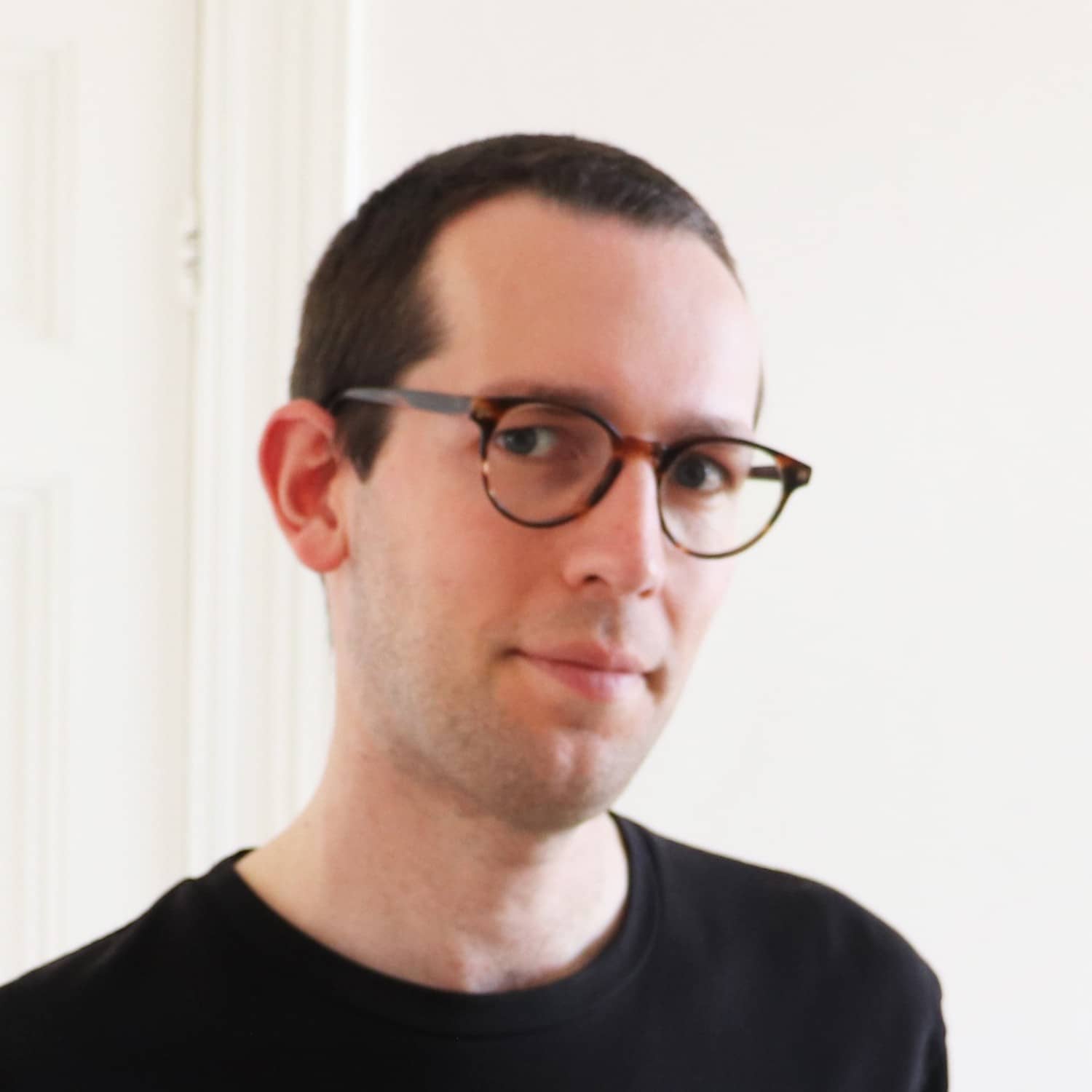Design Approaches Definitions
Design Scenarios
In this video, Stijn poses a series of questions that can help anticipate future changes in a building. By doing so, he claims, we increase the potential of future uses.
Main Takeaways
- Future scenarios can develop in three steps: a. consider changes in project context, b. define what this change entails, and c. design the new scenario.
- Designing with scenarios is part of architectural thinking.
Further Reading
- Bishop, P., Hines, A., & Collins, T. (2007). The current state of scenario development: an overview of techniques. Foresight, 9(1), 5-25. doi:10.1108/14636680710727516
- Börjeson, L., Höjer, M., Dreborg, K.-H., Ekvall, T., & Finnveden, G. (2006). Scenario types and techniques: Towards a user’s guide. Futures, 38(7), 723-739. doi:10.1016/j.futures.2005.12.002
